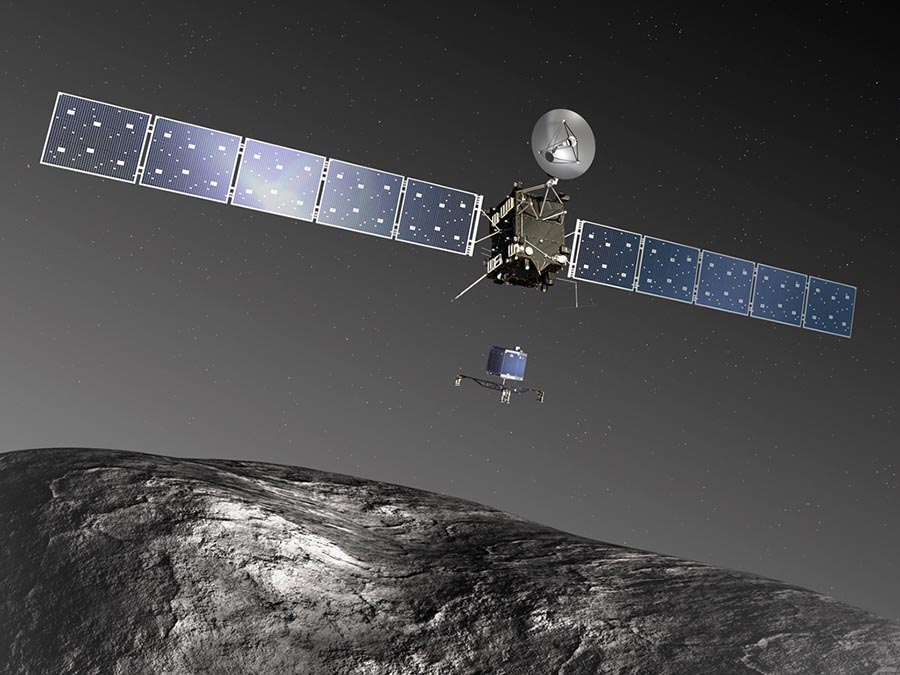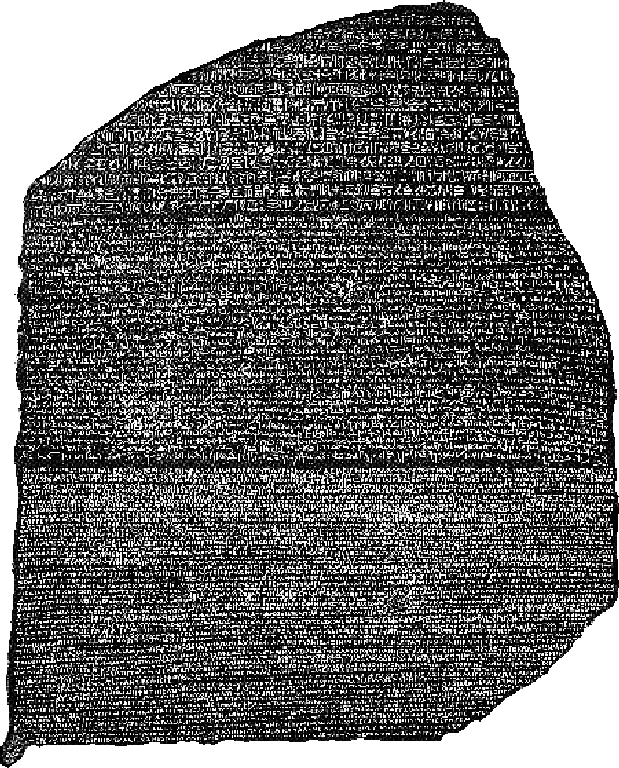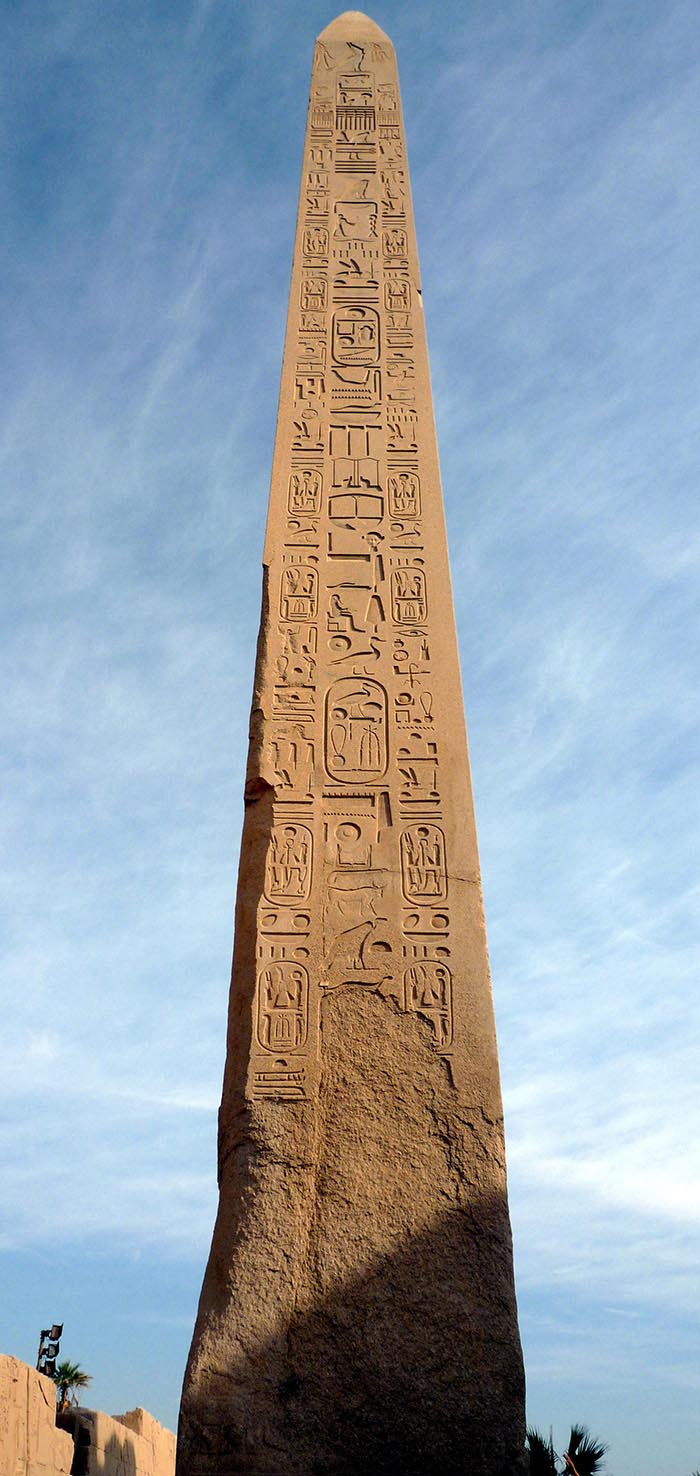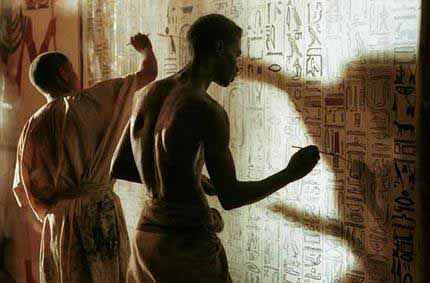

If you like space adventures, you might want to follow the Rosetta Space Probe which made history Wednesday as it became the first probe to rendezvous with a comet on its journey around the sun. Rosetta is a robotic space probe built and launched by the European Space Agency to perform a detailed study of comet 67P/Churyumov-Gerasimenko. On August 6, 2014 it approached the comet to a distance of about 100 km and reduced its relative velocity to 1 m/s, thus becoming the first spacecraft to rendezvous with a comet.
The probe is named after the Rosetta Stone, a stele of Egyptian origin featuring a decree in three scripts.
The lander is named after the Nile island Philae, where an obelisk (see below) was discovered with inscriptions. A comparison of the hieroglyphs on the Rosetta Stone and the obelisk catalyzed the deciphering of the Egyptian writing system. Similarly, it is hoped that these spacecraft will result in better understanding of comets and the early Solar System.
In a more direct analogy to its namesake the Rosetta spacecraft also carries a micro-etched nickel alloy Rosetta disc donated by the Long Now Foundation inscribed with 13,000 pages of text in 1200 different languages.
A week after arriving at Comet 67P/Churyumov-Gerasimenko, Europe's Rosetta probe is busy acquiring the data needed to select a landing site. Scientists on the mission expect to meet in just over a week to begin the process of producing a "long list" of no more than five locations. These will then be whittled down to two - a primary and a back-up - to be announced in mid-September.
Pictured above, the head of the comet's nucleus shows rugged grooves, while near the image bottom, the body shows a patch-work of areas sometimes separated by jagged hills. Some of the patch-work areas apparent on both the head and body seem to have fields of relatively smooth terrain. In the connecting area called the neck, however, visible across the image center, a relatively large swath of light-colored smooth terrain appears, punctuated occasionally by large boulders. Rosetta is scheduled to release Philae toward the dark mountain-sized comet nucleus with an anticipated landing date in November.



Ancient Egypt